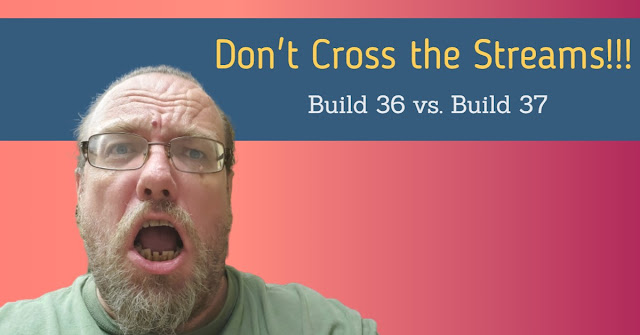
Marcia, Marcia, Marcia! "My big sister Marcia matches me at 3600 cM, and all this time I never knew she was my mother!!! Now I know why she always treated me like a child!" When I see a post like this in one of the Facebook Groups (and I actually see it quite frequently), I always take a minute to stop and read the comments, because jumping to this conclusion is usually the result of one of two common genetic genealogy pitfalls, both of which often lead beginner genetic genealogists down a rabbit hole. Furthermore, when the sibling that comes in at around 3600 cM is an older brother, I frequently see comments responding to the post by well-meaning beginners, insisting that the only conclusion is that the brother must have committed some act of incest resulted in the birth of the individual who made the post (the original poster in FB terminology). Needless to say, these types of conclusions can lead to serious family conflicts and permanent damage to family relat


